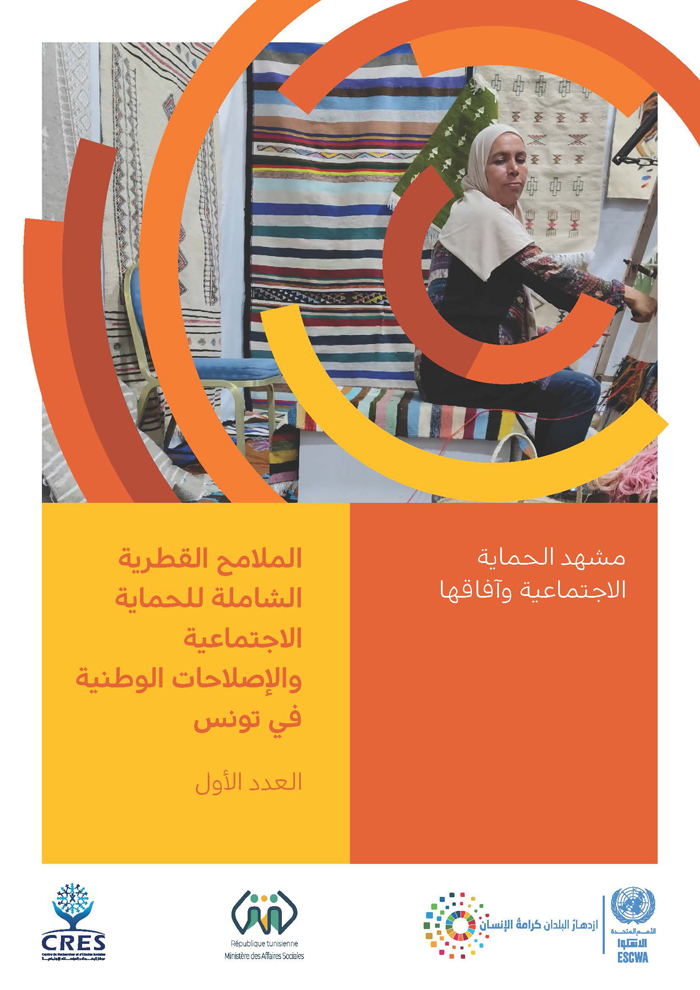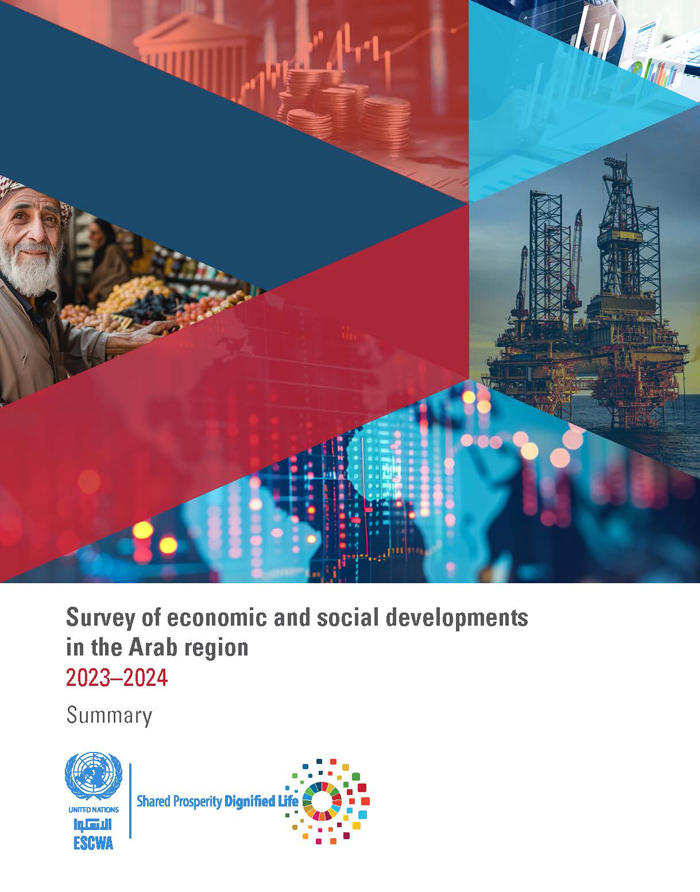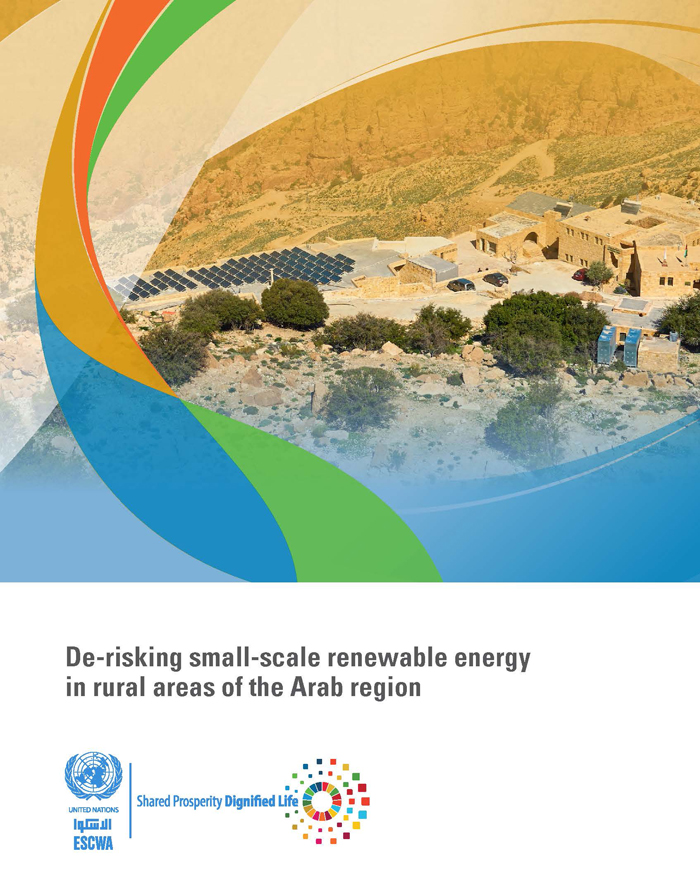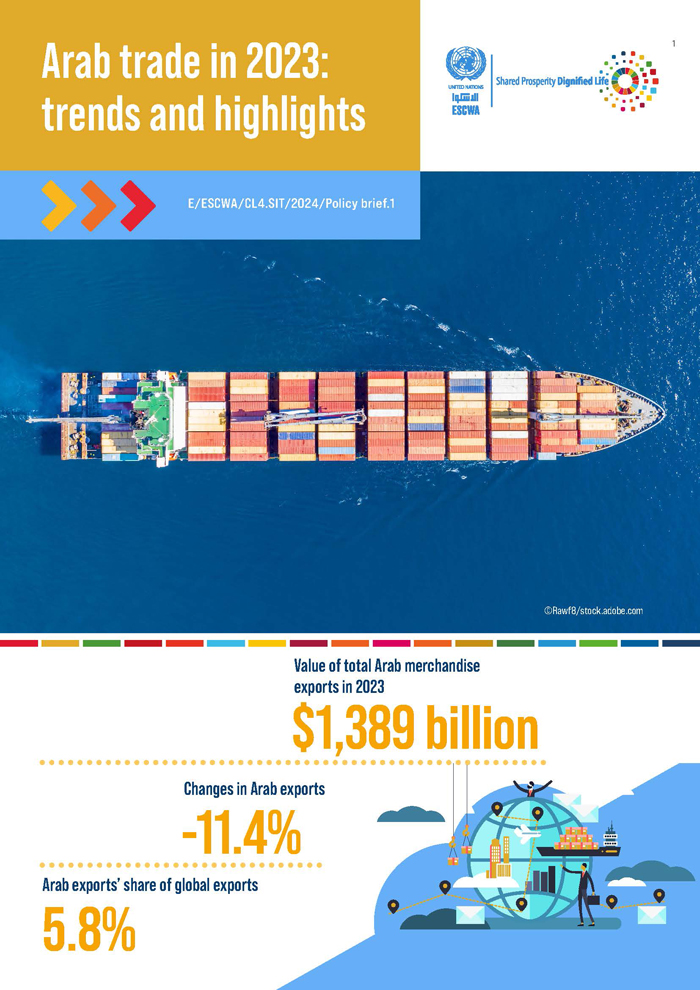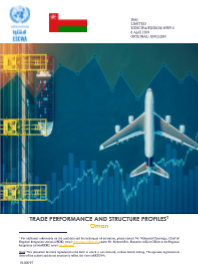
ESCWA Publication: E/ESCWA/EDID/2019/WP.5
Country: Sultanate of Oman
Publication Type: Working papers
Cluster: Shared Economic Prosperity
Focus Area: Financing for development, Trade & regional connectivity
Initiatives: Blockchain for international trade
SDGs: Goal 8: Decent Work and Economic Growth
Keywords: International trade, Intraregional trade, Trade policy, Trade structure
Trade performance and structure profiles: Oman
January 2019
This profile takes stock of the trade performance and structure of Oman since 1995. In addition to aggregate trends in trade and foreign direct investment, a broad range of trade indicators are calculated specially for this profile using highly detailed product-level data, making it a novel set of trade indicators for Oman and the Arab region.
The analysis reveals that Oman’s performance over the past two decades in merchandise trade and attracting foreign direct investment has been mixed. Its merchandise exports and imports have not maintained the levels achieved in the 2000s and the early 2010s. Oman’s trade in services, however, has increased significantly, almost tripling its share in GDP, but its level is still rather low. FDI inflows appear to have stabilized in the early 2010s but it remains to be seen whether the drop in 2015 is a one-off. Traditional destinations for Oman’s exports have mainly been ASEAN and PAFTA countries. PAFTA and sub-Saharan African countries hold relatively favorable prospects for Oman’s exports, which show signs of shifting towards sophisticated products with limited diversity.
Related content
Financing for development
, Trade & regional connectivity
,
This profile takes stock of the trade performance and structure of Oman since 1995. In addition to aggregate trends in trade and foreign direct investment, a broad range of trade indicators are calculated specially for this profile using highly detailed product-level data, making it a novel set of trade indicators for Oman and the Arab region.
The analysis reveals that Oman’s performance over the past two decades in merchandise trade and attracting foreign direct investment has been mixed. Its merchandise exports and imports have not maintained the levels achieved in the 2000s and the early 2010s. Oman’s trade in services, however, has increased significantly, almost tripling its share in GDP, but its level is still rather low. FDI inflows appear to have stabilized in the early 2010s but it remains to be seen whether the drop in 2015 is a one-off. Traditional destinations for Oman’s exports have mainly been ASEAN and PAFTA countries. PAFTA and sub-Saharan African countries hold relatively favorable prospects for Oman’s exports, which show signs of shifting towards sophisticated products with limited diversity.
